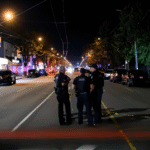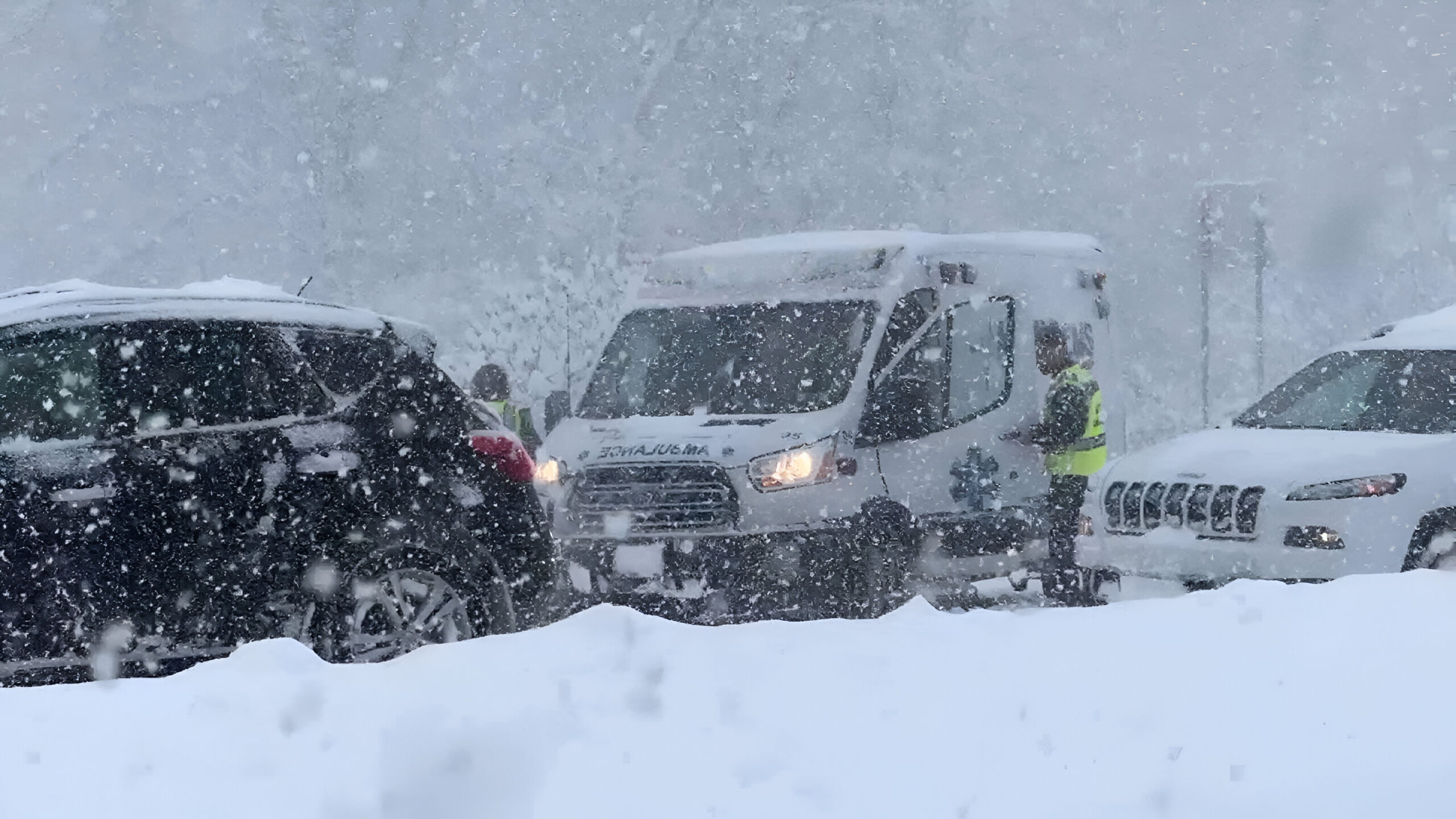A potent and fast-moving winter storm is currently sweeping through the Northeast, bringing dangerous blinding snow squalls that are severely impacting travel conditions. These squalls can form suddenly, reducing visibility to almost zero and making it perilous for drivers. This article explains what snow squalls are, how they affect the region, and offers critical safety tips for travelers in the affected areas.
What Are Snow Squalls and Why Are They Dangerous?
Snow squalls are brief but intense bursts of snow, often accompanied by strong winds, which can quickly reduce visibility on roads. Unlike typical snowstorms, squalls are sudden and localized, meaning they can appear with little warning. They pose a significant danger due to their severity, reducing visibility to near-zero levels and creating slippery, icy roads. These rapid changes in weather can catch drivers off guard, making it essential for everyone on the road to remain alert and prepared.
How Fast-Moving Winter Storms Threaten Northeast Travel
Fast-moving winter storms like the one currently impacting the Northeast can create hazardous conditions quickly. In the case of this storm, snow squalls have formed suddenly, leading to treacherous travel conditions across the region. The speed of these storms means they can hit without much notice, leaving travelers at risk of encountering rapidly worsening conditions, such as whiteout visibility and slippery roads. Travelers should remain cautious and consider postponing travel when possible to avoid these dangers.
Affected Areas and Travel Warnings for the Northeast
This winter storm is impacting several states in the Northeast, including New York, Massachusetts, Pennsylvania, and Connecticut. Local meteorologists have issued warnings for these areas, urging residents and travelers to avoid unnecessary travel during the storm’s peak. Areas affected by snow squalls are at a higher risk of whiteout conditions, where drivers can lose sight of the road entirely. Authorities have advised caution, and some regions may even see temporary road closures or delays in public transportation.
Safety Tips for Navigating Snow Squalls on the Road

Driving in snow squalls requires extra caution. If you must travel during this winter storm, follow these critical safety tips:
- Slow Down: Snow squalls can drastically reduce visibility in a matter of seconds. Always drive slower than usual when visibility is poor.
- Use Low-Beam Headlights: High beams can reflect off the snow and make it harder to see. Low beams are the best choice during a snow squall.
- Increase Following Distance: Maintain extra distance between your vehicle and the one in front of you. This allows more time to react to sudden changes in road conditions.
- Avoid Sudden Maneuvers: In icy conditions, sudden steering or braking can lead to a loss of control. Keep your movements gradual and steady.
- Check Weather Reports: Continuously monitor weather updates to stay informed about the storm’s progression and any changes in road conditions.
Preparing Your Vehicle for a Winter Storm
Before you head out on the road, ensure your vehicle is ready for winter conditions. Here are some important steps for preparing your car:
- Tires: Make sure your tires have enough tread and are properly inflated to handle slippery roads.
- Windshield Fluid: Ensure your windshield fluid is full, as snow squalls can quickly dirty your windshield and obstruct visibility.
- Emergency Kit: Keep an emergency kit with blankets, water, non-perishable food, and a first-aid kit in case you get stranded.
- Battery Check: Cold temperatures can drain your car battery, so make sure it’s in good condition before venturing out.
Conclusion: Stay Safe and Prepared During Northeast Winter Storms
As this powerful winter storm continues to affect the Northeast, it’s crucial for travelers to stay informed and take precautions. Snow squalls pose a significant danger due to their unpredictable nature and the hazardous conditions they create. By understanding the risks and following the proper safety measures, you can help ensure a safer journey. Stay updated on weather reports, and if possible, avoid travel during the worst of the storm.
Also Read – Brutally Cold Temps and Lake-Effect Snow Impact Thanksgiving Travel Across the U.S.










